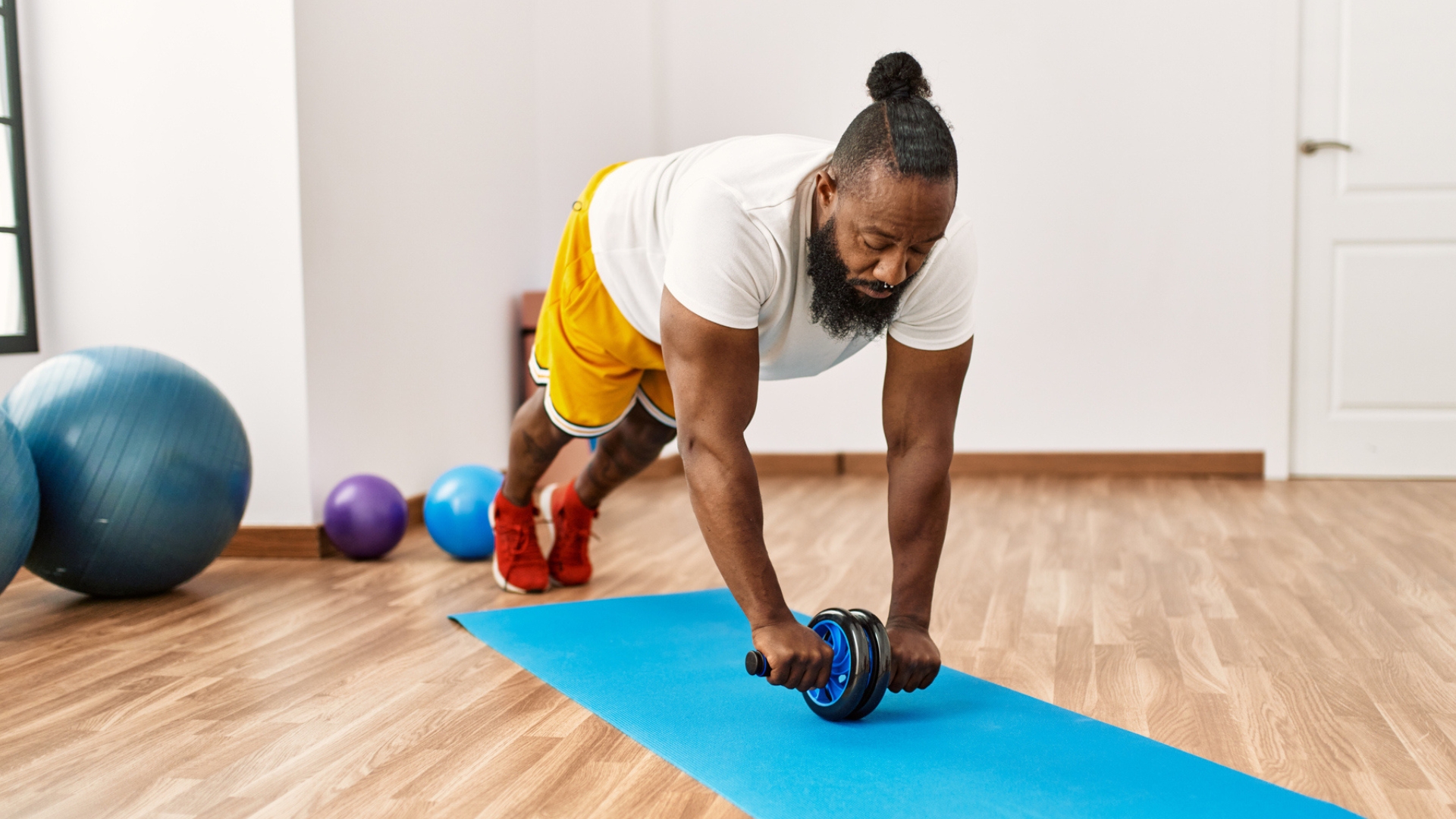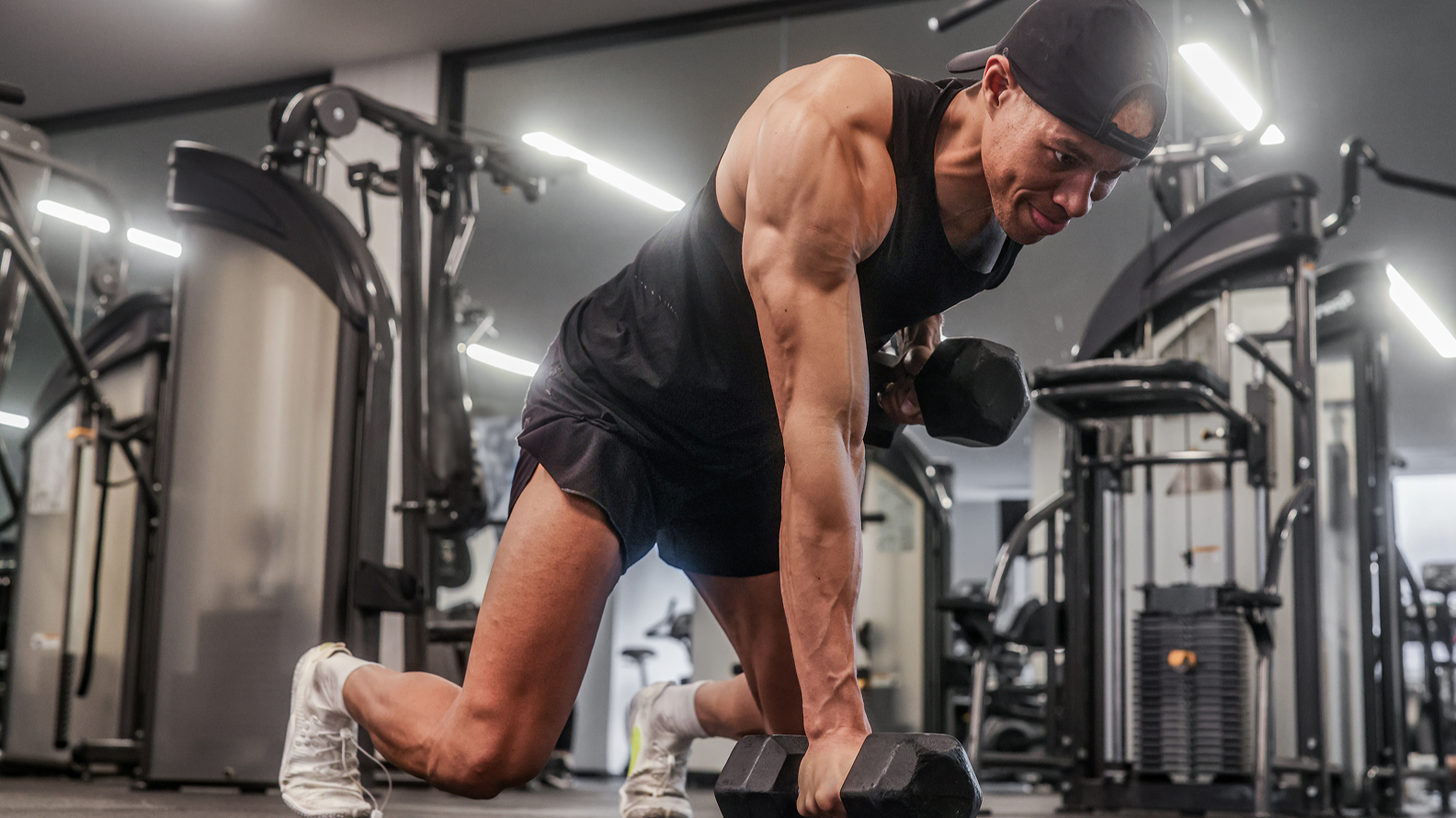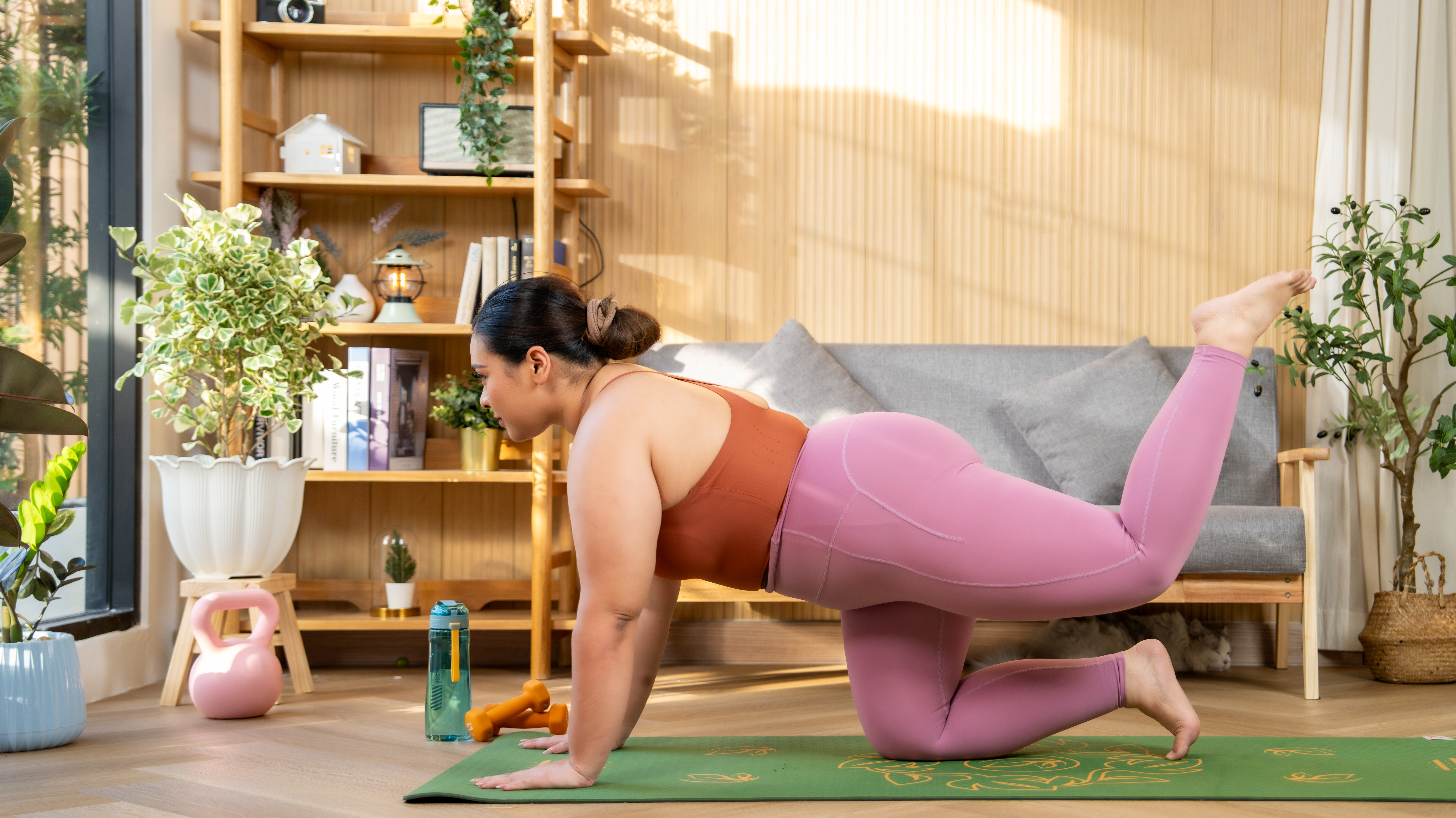An expert coach says every runner should be using this routine to improve form and avoid injury
I felt weak and lacked power when I ran, until I started adding these three core-strengthening exercises to my weekly routine

I'm something of a one-and-done runner. I ran my first half marathon seven years ago, but only recently have I set myself the challenge of conquering the distance again. In a bid to match my previous best, I'm following a training plan and dug out my old, faithful running shoes, but I was coming up short, plodding along way off my previous pace.
With a month to go, I realized I needed expert advice, which led me to Jake Dearden, a HYROX master trainer. He knocks out 5K, 10K, half and full marathons for fun—often at a blistering pace—and Dearden is also a HYROX Doubles World Champion, making him eminently qualified in the art of running fast.
Along with tried-and-tested tips—like subbing in low-impact sessions on the bike, cross-trainer or rowing machine to protect your joints, and fueling up with his favorite high-carb pre-run meal (a jam bagel)—Dearden recommended this core-strengthening circuit tailored for runners.
3 core exercises to improve your running
Dearden told me these three moves help him maintain his posture and core stability while running, which translates to running further and faster, while reducing the risk of injury.
Dearden's routine is advanced, but he's included easier alternatives for each exercise. He's also provided target repetitions for each, suggesting you perform three to five rounds of the circuit, resting 30 seconds between rounds.
1. GHD sit-up
Sets: 3-5 Reps: 15-20
You'll need a piece of equipment called the glute-ham developer (GHD) which you can find in most gyms. Secure your feet in position and sit upright. Engage your core as you slowly lower your body until parallel with the floor, then sit back up.
Get the Fit&Well Newsletter
Start your week with achievable workout ideas, health tips and wellbeing advice in your inbox.
Dearden says: "GHD sit-ups strengthen the hip flexors, abs and lower back, helping to maintain posture and core stability during runs, improving stride efficiency and reducing the risk of injury."
Easier alternative: Straight-leg sit-up
By keeping your legs straight, rather than bent as in a standard sit-up, you will increase the challenge to your hip flexors.
- Sit on the floor with your legs extended in front of you. They can either be together or wide apart—whichever feels better.
- Engage your core and slowly lower your torso to the floor.
- Contract your abs to sit back up.
2. Abs rollout
Sets: 3-5 Reps: 10
Kneel on a soft exercise mat or thin cushion. Holding the abs wheel with straight arms, roll it forward as far as you can, maintaining control, then roll it back to the start.
Dearden says: "Rollouts engage the entire core, particularly the stabilizing muscles, improving trunk control and reducing lower-back strain. This will enhance posture and energy efficiency while running."
Easier alternative: Long lever plank
- Get into a high plank position on your hands and toes, with your hands directly below your shoulders and your body in a straight line from head to heels.
- Keeping your arms extended throughout, walk your hands forward, a few inches at a time, as far as you can, keeping your body in a straight line from head to heels.
- Walk your hands back to the start.
3. Banded Pallof press
Sets: 3-5 Reps: 10 each side
Attach a resistance band to a stable structure at mid-chest height. Stand side-on and a few steps away from the anchor point. Lower into a quarter squat and, while maintaining tension in the band, extend both hands in front of you, resisting the pull of the band. Bring the band back to your chest under control.
Dearden says: "This exercise strengthens the anti-rotation muscles of the trunk, improving core stability and balance. It also helps reduce unnecessary body movement when you run, optimizing form and preventing lower back and hip injuries."
Easier alternative: Plank pull-through
- With a dumbbell or kettlebell just below your right hand, get into a high plank position on your hands and toes, with your hands directly below your shoulders and your body in a straight line from head to heels.
- Engage your core and, without allowing your hips to shift or rotate, pick up the weight with your left hand and pull it to your left side.
- Place your left hand back on the floor.
- Repeat on the other side.

Sam Rider is an experienced freelance journalist, specialising in health, fitness and wellness. He is also a REPS level 3 qualified personal trainer.
-
 “It was so strenuous”—how a celebrity PT went from almost quitting the gym to the new star trainer on Chris Hemsworth’s Centr app
“It was so strenuous”—how a celebrity PT went from almost quitting the gym to the new star trainer on Chris Hemsworth’s Centr appA heavy setback on his first day in the gym almost turned Korey Rowe off exercise for good—but one small step got him back on track
By Sam Rider
-
 A personal trainer says these are the exercises to do if you’ve got no equipment and only 20 minutes to spare—here’s my verdict
A personal trainer says these are the exercises to do if you’ve got no equipment and only 20 minutes to spare—here’s my verdictThis quick workout targets the legs, glutes and core
By Jennifer Rizzuto